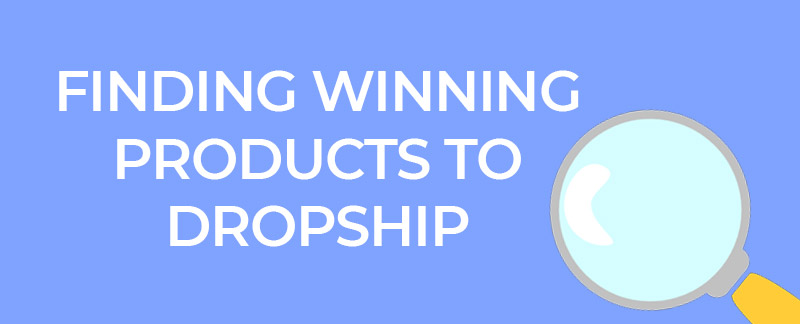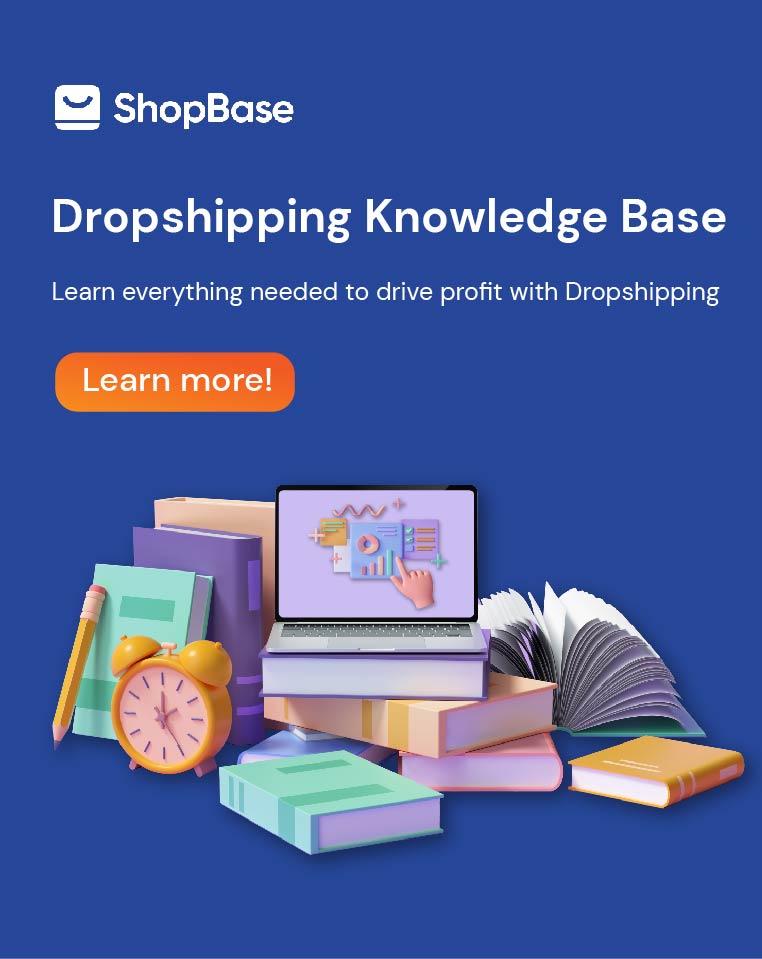
In the previous article, sellers were guided to pick the best items to dropship. However, with so many choices available for sellers, they can still end up with confusion. So, this article will list a few tips on choosing winning products for dropshipping.
Menu:
1. Small in size, light in weight, and easy for delivery
Apart from shipping distance, shipping costs are determined with products’ weight and size. So, the bigger and heavier a product is, the higher its delivery fee is. Meanwhile, shipping cost is proven to have a great impact on customers’ buying decisions. It is also one of the most significant expenses in dropshipping.
Retailers should avoid selling fragile items or items attached with lots of moving parts. Complexity is a major factor determining how much it costs retailers to deliver.
2. Price range recommended: $15-$100
Any product worth lower than $15 has a very low-profit margin. By contrast, luxury goods require retailers to pay a lot of money for input costs, raising the barrier entry. Commonly, dropshipping business is not profitable until retailers sell at least 100 items. This is a popular way for retailers to calculate their initial investment. For example, if a retailer sells a $15 item, his investment at the beginning is $1500. If he sells an item worth $100, he has to put in $10,000 before getting anywhere near the profit point.
3. Understand the product life cycle
The process that a product first appears on the market and finally get removed from that market is called its product life cycle. A product life cycle includes 4 stages: introduction, growth, maturity, and decline.
It is one of the most important concepts in an e-commerce business, but it is rarely mentioned. Products are not winning ones if it lies out of its growth stage or if it already reaches its saturation point.
4. Be ready to compete
While a retailer is selling a product, if there is no competition, there is no demand. So, retailers shouldn’t freak out if they have to face a lot of rivals. Retailers need to hit the spot.





